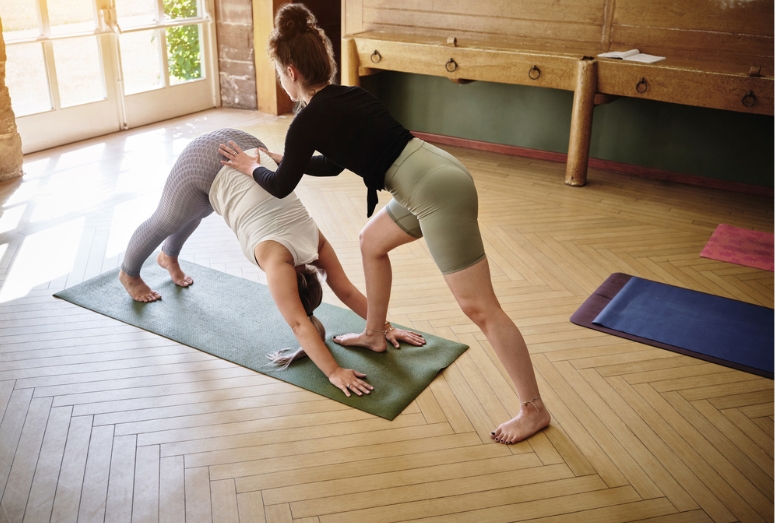
Yoga, which started as a spiritual practice in India’s remote mountains, has become a favourite wellness activity worldwide, known for bringing peace, balance, and personal growth. In Australia, it’s more popular than ever, offering a way to find calm and strength amid our busy lives. If you’re passionate about yoga and dream of teaching it to others, becoming a yoga instructor in Australia is a fulfilling path. It requires dedication, practice, and lots of enthusiasm. This guide is here to help you navigate the journey of becoming a yoga teacher, making it easier for those who want to move from practicing yoga to sharing its benefits with others.
Understanding the Yoga Teaching Landscape in Australia
The yoga teaching landscape in Australia is diverse and vibrant, mirroring the various traditions and schools of yoga that have found a home on its shores. At the heart of the industry, two major bodies oversee the regulation and standards of yoga education and practice – Yoga Alliance and Yoga Australia.
Yoga Alliance, a globally recognised non-profit organisation, sets the bar for yoga teacher training, categorising programs into 200-hour and 500-hour levels. In Australia, Yoga Alliance serves as a yardstick for international standards and recognition, offering a competitive advantage to instructors trained and certified through its accredited schools.
Yoga Australia, on the other hand, is the peak body for the yoga industry in Australia, providing accreditation and professional support to yoga teachers and schools. Their focus is on nurturing a community of well-trained and ethical practitioners, ensuring the quality of yoga instruction across the country.
Certification through these bodies isn’t just a gold star on your yoga resume; it’s a testament to your commitment to maintaining high standards in your practice and teaching and sets you up for a career with credibility and recognition.
Pathways to Becoming a Yoga Instructor
- Yoga Alliance Certification Process
The road to becoming a certified yoga instructor as per Yoga Alliance’s standards is rigorous and well-defined. It starts with choosing a Registered Yoga School (RYS) that offers either a 200-hour or a 500-hour program. The former is the base level and the minimum requirement for teaching, while the latter represents a more in-depth study.
Both programs cover five educational categories with a specific number of hours in each, as mandated by Yoga Alliance. These include Techniques, Training, and Practice (asanas, pranayama, etc.); Teaching Methodology (lesson planning, ethics, etc.); Anatomy and Physiology; Yoga Philosophy, Lifestyle, and Ethics for Yoga Teachers; and Practicum (student teaching under the guidance of a qualified instructor).
- Yoga Australia Accreditation
Yoga Australia offers a two-tier accreditation process that starts with Provisional Membership and progresses to Full Membership. The route involves completing a yoga teacher training program that aligns with Yoga Australia’s standards, which are similar to those set by Yoga Alliance. Once you’ve fulfilled the necessary training hours, documented your teaching and studying hours, and gained experience as a yoga instructor, you can apply for full membership.
Yoga Australia’s accreditation not only vouches for your professionalism but also offers the added benefits of insurance tailored to yoga professionals, a pathway to participate in health funds, and access to their member resources.
- Independent and Traditional Yoga School Certifications
Beyond these larger organisations, there are independent and traditional yoga schools that offer their brand of certification. These paths might not provide the same level of international recognition, yet they often offer specialised training and a more intimate learning environment. Such schools might be the choice for those looking to follow a specific lineage of yoga or seeking a more personalised educational setting.
Why Certification Matters
The question of why bother with certification often arises, particularly in activities so highly spiritual as yoga. But in the modern-day professional environment, a certification unlocks doors to credibility, recognition, and practicalities like insurance and employment.
By acquiring a yoga teaching certification, you not only gain the trust of your students but also pave the way for potential legal requirements. Most establishments – be they gyms, wellness centres, or schools – prefer to hire instructors with proper certification that often includes insurance coverage. In a litigious society, this isn’t an advantage to brush aside lightly.
Beyond the more tangible benefits of certification, such as employability and legal protection, lies a profound value often overlooked – personal growth and the enhancement of knowledge. Embarking on a certification course in yoga isn’t merely about acquiring the ability to instruct others; it’s also a deep dive into the essence of yoga itself. It provides a structured opportunity to deepen one’s understanding of the philosophical underpinnings of yoga, explore the nuances of human anatomy in relation to yoga practices, and refine one’s own practice through continuous learning and self-reflection. This process of rigorous study and self-discovery enriches the individual, fostering a level of expertise and confidence that transcends the classroom. For those truly passionate about yoga, this path of personal advancement is just as crucial as any professional accreditation, if not more so.
Choosing the Right Yoga Teacher Training (YTT) Program
Your choice of a YTT program is pivotal; it’s the foundation upon which you’ll build your teaching career. To make the right decision, consider various factors such as accreditation, the curriculum, the experience and background of the lead teachers, and the format of the training.
A well-structured curriculum should incorporate the science and philosophy of yoga, anatomy and physiology, teaching methodologies that resonate with you, and plenty of practice teaching opportunities. The trainers’ experience should also weigh in; their expertise will significantly influence your learning and provide invaluable mentorship.
When it comes to in-person versus online formats, there are pros and cons to consider. In-person trainings offer immediate feedback and the communal energy of a class, but they can be limited by location and scheduling constraints. On the other hand, online courses provide flexibility and access to a broader array of teachers and methods, yet they may lack real-time interaction and personalised support.
The Journey Through Yoga Teacher Training
After selecting a YTT program, you’ll immerse yourself in a rigorous schedule of coursework, workshops, self-study, and practice. The training, typically spread over a few months to a year, is an experiential blend of theory and practice. You’ll learn not just how to perfect a downward-facing dog, but the history and philosophy of yoga, the intricacies of breath and body, and the ethereal art of guiding a class with grace.
Expect to be pushed out of your comfort zone, to face your limitations, and to question your preconceptions. The end goal is not just to teach yoga asanas but to instil in you the essence of the yogic path – a holistic way of living, leading, and learning.
Throughout your training, mentorship is a priceless jewel. Whether through your lead trainers, your peers in the program, or any supporting community, the guidance and shared experiences will aid your growth immeasurably.
Beyond Training: Starting Your Yoga Teaching Career
Post-graduation, the real work begins. After registering with Yoga Australia or Yoga Alliance, your first stop is gaining experience – teaching wherever and whenever you can. Volunteer at community centres, offer classes at local parks, and don’t shy away from approaching established studios for teaching opportunities.
Simultaneously, building your personal brand is crucial. Create a professional online presence, network within the industry, and continuously refine your teaching style. The feedback you receive – and your ability to accept and grow from it – will mould you into a seasoned, sought-after instructor.
Continuing Education and Specialisation
Yoga is an ocean, and a YTT program is but a splash. The thirst for knowledge should be unquenchable. Pursuing advanced certifications and specialisations, such as in prenatal yoga, yoga therapy, or even mindfulness meditation, will not only enrich your teaching but also keep you connected to the evolving currents of yoga.
In the fast-paced evolution of yoga, staying abreast of new research, practices, and techniques is essential. Your commitment to learning will mirror back in the expanding horizons of your teaching and in the lives you touch with the profound gifts of yoga.
Final Thoughts on the Journey of a Yoga Teacher
The path to becoming a yoga instructor in Australia is as intricate as the postures you’ll come to embody. It is a commitment to lifelong learning, to sharing the bounties of this ancient practice, and to guiding students on a profound inward exploration. If your heart resonates with this calling, if your spirit yearns for a life intertwined with the essence of yoga, then begin your odyssey with purpose and perspicuity.
This guide has shed light not just on the process, but on the ethos that underpins it. The patience, the practice, the perseverance – these are not just elements of yoga but of life itself. I encourage you, new yogi, to rise to the sun of this opportunity, to spread the wings of your practice, and to inspire others by becoming a beacon of light in the ever-growing galaxy of yoga instructors in Australia.
Are you ready to start your rewarding journey as a yoga instructor? Whether you’re drawn to the idea for personal growth, the desire to help others, or the love of yoga itself, now is the time to take the first step. Explore our Yoga for Everyday Athletes online course, designed specifically for athletes.

